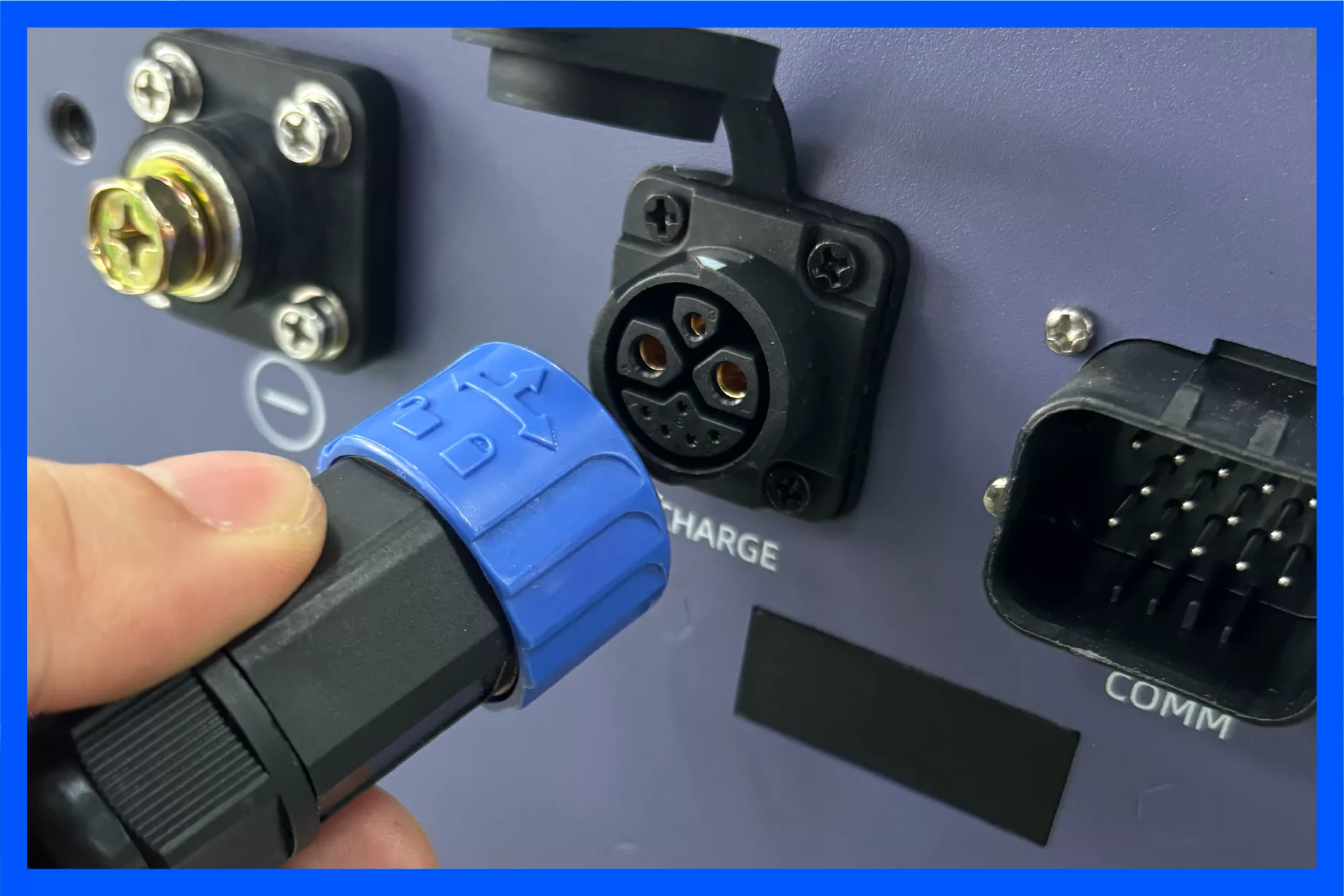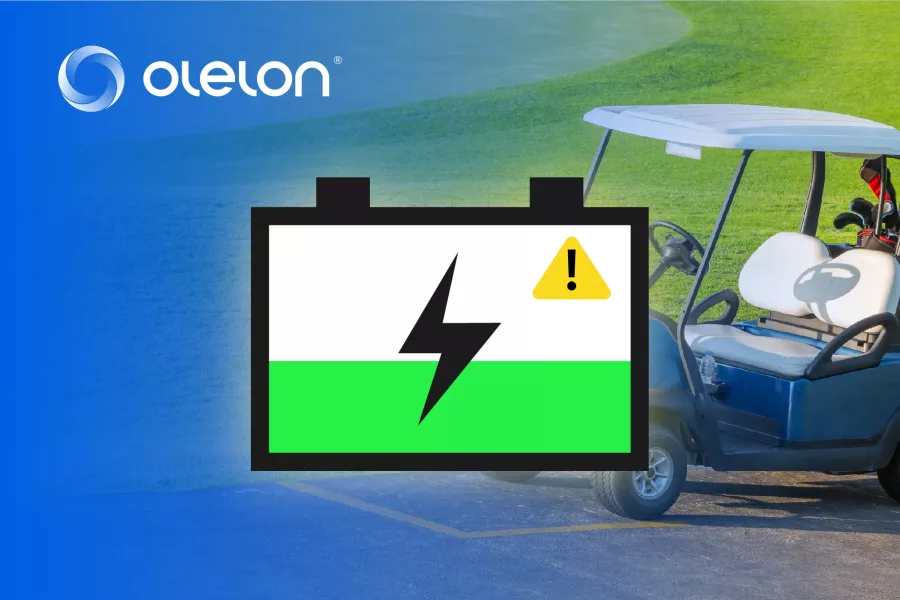Lithium Battery Not Charging: Comprehensive Guide to Troubleshooting and Solutions
Lithium batteries are widely used in various applications, from electric vehicles like golf carts to power tools, laptops, and even solar energy storage systems. However, like all electronic components, they can encounter charging issues. This guide will walk you through the common causes of charging problems, how to troubleshoot them, and possible solutions to get your lithium battery back to work.
Understanding Lithium Battery Technology
Lithium-ion (Li-ion) batteries are the most common type of rechargeable battery used in modern devices. Unlike traditional lead-acid batteries, lithium batteries offer better efficiency, longer lifespan, and faster charging. They are composed of several key components:
- Anode (typically made from graphite)
- Cathode (often made from lithium metal oxide)
- Electrolyte (a lithium salt solution)
- Separator (prevents short-circuiting by keeping the anode and cathode apart)
- Battery Management System (BMS) (monitors battery health, temperature, voltage, and charge cycles)
Despite their advantages, lithium batteries can sometimes fail to charge properly. Here are some common reasons why this might happen:
Common Reasons for Charging Issues
1. Faulty Charger
One of the most common reasons for a lithium battery not charging is a malfunctioning charger. Chargers can fail due to internal wiring issues, broken plugs, or faulty power adapters.
2. Battery Age and Degradation
Lithium batteries have a limited lifespan, typically between 500-1500 charge cycles. Over time, the battery’s capacity may degrade, leading to charging issues or reduced runtime.
3. Connection Issues
Loose or corroded connections can prevent the battery from charging correctly. It’s essential to check both the physical connections between the battery and charger and the internal connections within the battery.
4. Software or Firmware Glitches
Some lithium batteries have built-in battery management systems (BMS) that communicate with the charger or device to manage power flow. Software or firmware issues can sometimes cause the charging process to fail, especially if updates are missed or the BMS is malfunctioning.

Troubleshooting Steps
To resolve charging issues with lithium batteries, follow these troubleshooting steps:
Step 1: Inspect the Charger and Cables
Check the charger and cables for visible damage or wear. Ensure that the power adapter is plugged in correctly, and verify that the charger is supplying the proper voltage to the battery.
- Test the charger with another battery (if possible) to see if the charger is the issue.
- Try a different charger to rule out any problems with the power supply.
Step 2: Examine the Battery
If the charger appears to be working fine, inspect the battery itself.
- Look for signs of damage: Swelling, discoloration, or unusual smells can indicate that the battery is damaged and might need replacement.
- Check the battery’s voltage: Use a multimeter to measure the battery’s voltage. If it’s significantly lower than the nominal voltage, the battery might be discharged beyond its safe charging range and needs to be replaced.
Step 3: Clean Connections
Dirty or corroded terminals can prevent proper charging. Carefully clean the battery terminals and the charger’s contact points using a soft cloth or brush. Avoid using liquids that might damage the battery.
Step 4: Update Device Software
If your lithium battery is part of a larger device (like a golf cart or electric vehicle), ensure that the device’s firmware and BMS software are up-to-date. Sometimes, charging issues can be solved by simply installing the latest software updates.
Solutions for Charging Problems
If the above troubleshooting steps don’t resolve the issue, consider these solutions:
Replace the Charger
If the charger is faulty, replacing it with a new, compatible charger is the most straightforward solution. Always ensure the replacement charger matches the voltage and current specifications required by your battery.
Battery Replacement
If your lithium battery is degraded or damaged beyond repair, it may be time to replace it. Keep in mind that batteries degrade over time, and replacing them with a new one will restore your device’s performance.
Professional Repair Services
For more complicated issues, or if you’re unsure about performing repairs yourself, consider contacting a professional repair service. This is especially important if the battery is integrated into a more complex system like an electric vehicle or golf cart, where the problem may involve the BMS or internal components.
Conclusion
Lithium battery charging issues are often solvable with some basic troubleshooting and maintenance. Whether it’s a faulty charger, a degraded battery, or a software glitch, following the steps outlined above can help you identify and resolve the problem quickly.
Keep your lithium battery in good condition by regularly checking the charger, cleaning connections, and performing software updates. If the issue persists, seek professional assistance for a more in-depth solution.

